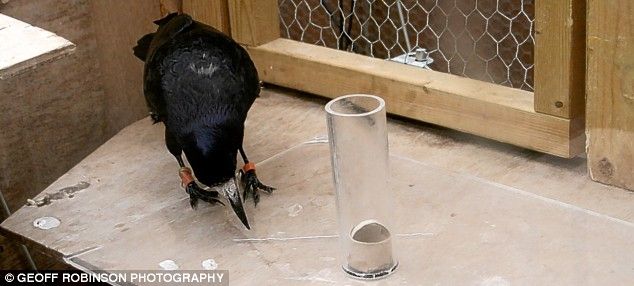|
|
Smart Bird
|
One order of Mesozoic seabirds, the Hesperornithiformes, became so well adapted to hunting fish in marine environments, they lost the ability to fly and became primarily aquatic. Despite their extreme specializations, the Hesperornithiformes represent some of the closest relatives of modern birds.
Diversification of modern birds
Containing all modern birds, the subclass Neornithes is, due to the discovery of Vegavis, now known to have evolved into some basic lineages by the end of the Cretaceous and is split into two superorders, the Palaeognathae and Neognathae. The paleognaths include the tinamous of Central and South America and the ratites. The basal divergence from the remaining Neognathes was that of the Galloanserae, the superorder containing the Anseriformes (ducks, geese, swans and screamers) and the Galliformes (the pheasants, grouse, and their allies, together with the mound builders and the guans and their allies). The dates for the splits are much debated by scientists. The Neornithes are agreed to have evolved in the Cretaceous, and the split between the Galloanseri from other Neognathes occurred before the K–T extinction event, but there are different opinions about whether the radiation of the remaining Neognathes occurred before or after the extinction of the other dinosaurs. This disagreement is in part caused by a divergence in the evidence; molecular dating suggests a Cretaceous radiation, while fossil evidence supports a Tertiary radiation. Attempts to reconcile the molecular and fossil evidence have proved controversial.
|
|









